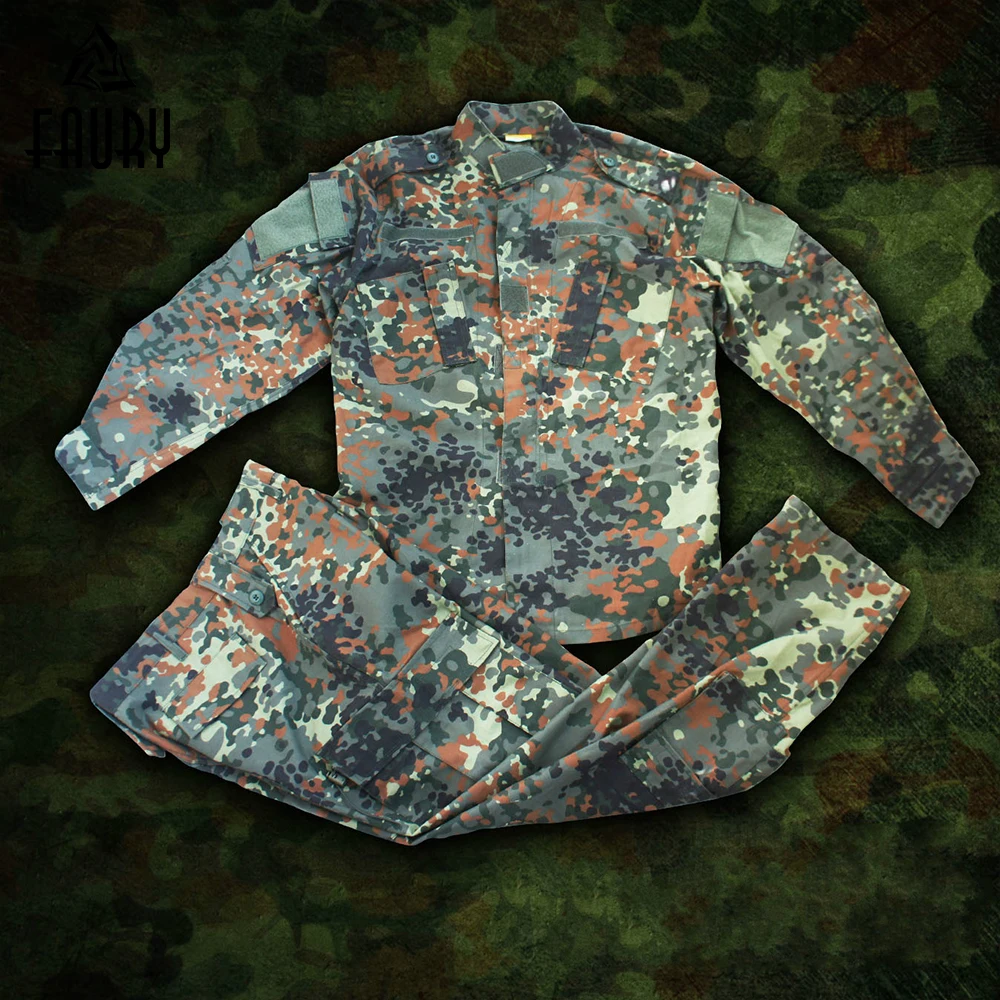

Our code, data and results are available at. Experimental results show that our triple-task learning framework achieves new state-of-the-art, leading to a more explainable camouflaged object detection network. We also contribute the largest COD testing set to comprehensively analyse performance of the camouflaged object detection models. As no corresponding datasets exist for either the localization model or the ranking model, we generate localization maps with an eye tracker, which are then processed according to the instance level labels to generate our ranking-based training and testing dataset.

With the above understanding about camouflaged objects, we present the first triple-task learning framework to simultaneously localize, segment and rank camouflaged objects, indicating the conspicuousness level of camouflage. Furthermore, we observe that it is some specific parts of camouflaged objects that make them detectable by predators. We find that explicitly modeling the conspicuousness of camouflaged objects against their particular backgrounds can not only lead to a better understanding about camouflage, but also provide guidance to designing more sophisticated camouflage techniques. In this paper, we revisit this task and argue that the binary segmentation setting fails to fully understand the concept of camouflage. To detect and segment the whole scope of a camouflaged object, camouflaged object detection (COD) is introduced as a binary segmentation task, with the binary ground truth camouflage map indicating the exact regions of the camouflaged objects. In this way, camouflage acts as a key defence mechanism across species that is critical to survival. Preys in the wild evolve to be camouflaged to avoid being recognized by predators. This article is part of the themed issue ‘Animal coloration: production, perception, function and application'. Moreover, our computational techniques for quantifying pattern offer new tools for comparative biologists studying animal coloration. None of these insights would have been obtained using extant military approaches to camouflage design, which focus solely on concealment. Following the break-up of the former Yugoslavia, the resulting states diverged in design, becoming more similar to neighbouring countries than the ancestral design. Following the dissolution of the Warsaw Pact, countries that became more Western-facing in political terms converged on NATO patterns in camouflage texture and colour. Using two case studies we show that, like many animal colour patterns, military camouflage can serve multiple functions. Using a unique database of calibrated photographs of camouflage uniform patterns, processed using texture and colour analysis methods from computer vision, we show that the parallels with biology are deeper than design for effective concealment. While one has evolved and the other been consciously created, animal and military camouflage are expected to show many similar design principles.


 0 kommentar(er)
0 kommentar(er)
